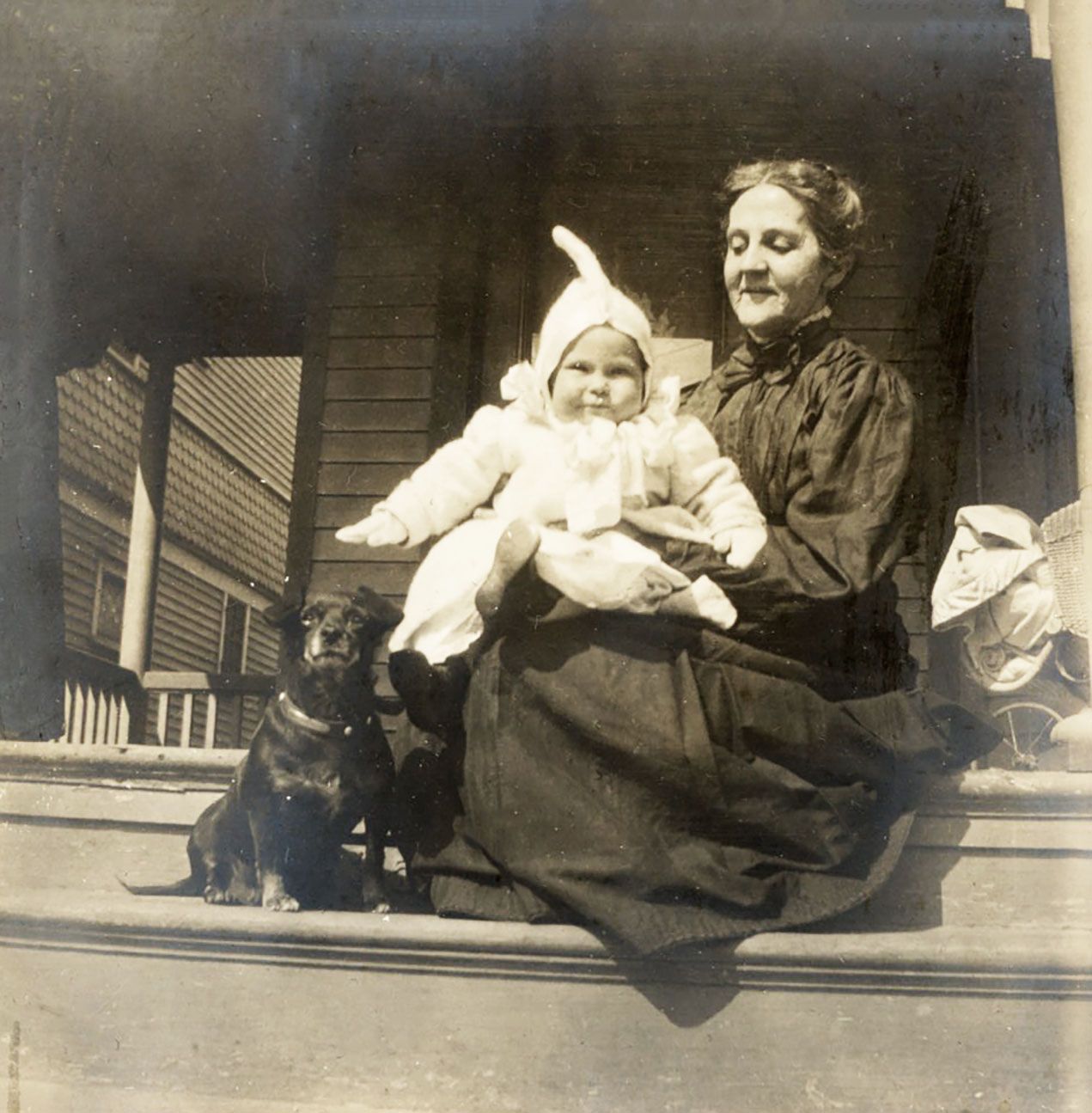Anne Maria Mitchell (1847 – 1929)
In the vein of sharing more about other family members, here is a little bit about one of Maria Mitchell’s nieces.
The only child of Maria’s younger brother, William Forster and his wife Charlotte Coffin Dow Mitchell, Annie Maria as she was called – named for two of her aunts – illustrated a keen aptitude for writing at a young age. While still in high school, the island papers printed her stories to high acclaim. In the footsteps of her abolitionist father, Annie Maria would follow him into the South when she was just 18 years of age, working under him as a teacher in Alabama and Tennessee as they worked with formerly enslaved people. Besides teaching, she and her father provided aid to the formerly enslaved through their work with the Freedmen’s Aid Commission. In their work, they would cross paths with numerous other Nantucketers – many, if not all, raised as Quakers.
While she would leave and return North in 1867 at the age of 20, Annie Maria would refocus her efforts on her writing. Her work for those she had taught in the South continued as she wrote several works of fiction including Freed Boy in Alabama and educational primer books for those learning to read. While she would write books for all audiences, several of her early books focused on characters who were Black, perhaps providing examples of strong Black characters at a time when such characters did not exist in literature and thus serving as positive and inspiring representation for Black readers.
In 1871, she married Alfred Rickman Payne, an Englishman. They would have four daughters: Charlotte “Lottie” Payne (b. September 10, 1873, d. Sept 15, 1873), Fanny Ursula Payne, Alice Mary Payne, and Eliza Katherine Payne – named for her great aunt, Eliza Katherine “Kate” Mitchell Dame, who lived in Lynn and was the youngest of William and Lydia Coleman Mitchell’s children (and Maria Mitchell’s youngest sister). With a house full of children, much of her writing and publishing came to an end and she focused on her church. Annie Maria died in Brooklyn, NY at the age of 82.
JNLF
The image is of Anne Maria Mitchell Payne and one of her granddaughters. The dog’s name has long been forgotten – but what a cutie!
Recent Posts





